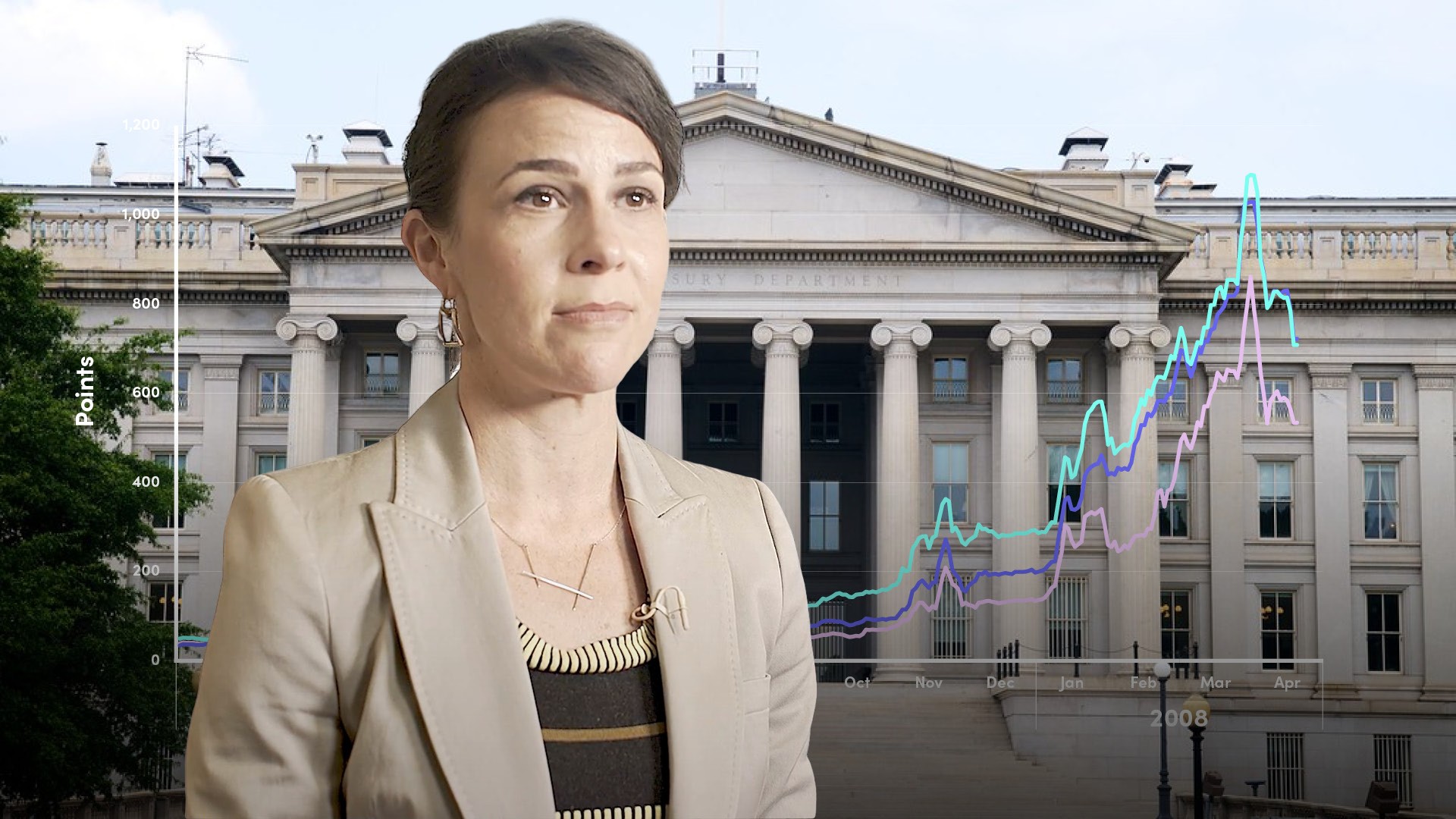
Reserves
As a core tenet of prudential regulation, bank regulators require banks to maintain reserves – in the form of cash but mainly in the form of account balances at their central bank. The level of reserves banks must maintain is set by their reserve requirements, which are set at national level and depend on the size and type of financial institution. Bank reserve requirements are also a monetary policy tool that central banks can use to alter money supply. Depending on the particular orientation of monetary policy, reserve requirements can be raised, reduced, cut to zero and even penalised (by paying negative rates) to encourage banks to lend into the real economy and to discourage them from stockpiling cash at the central bank in the form of excess reserves. The basis of the reserve requirement rests on the notion that banks maintain a small percentage of their deposits as cash or quasi-cash but lend the bulk out in the form of loans, earning a spread as a result that acts as a profitability driver while funding economic growth. If banks are unable to meet their minimum reserve requirement, they must borrow from the central bank (via official secured lending windows) or from other banks to meet the requirement.




























